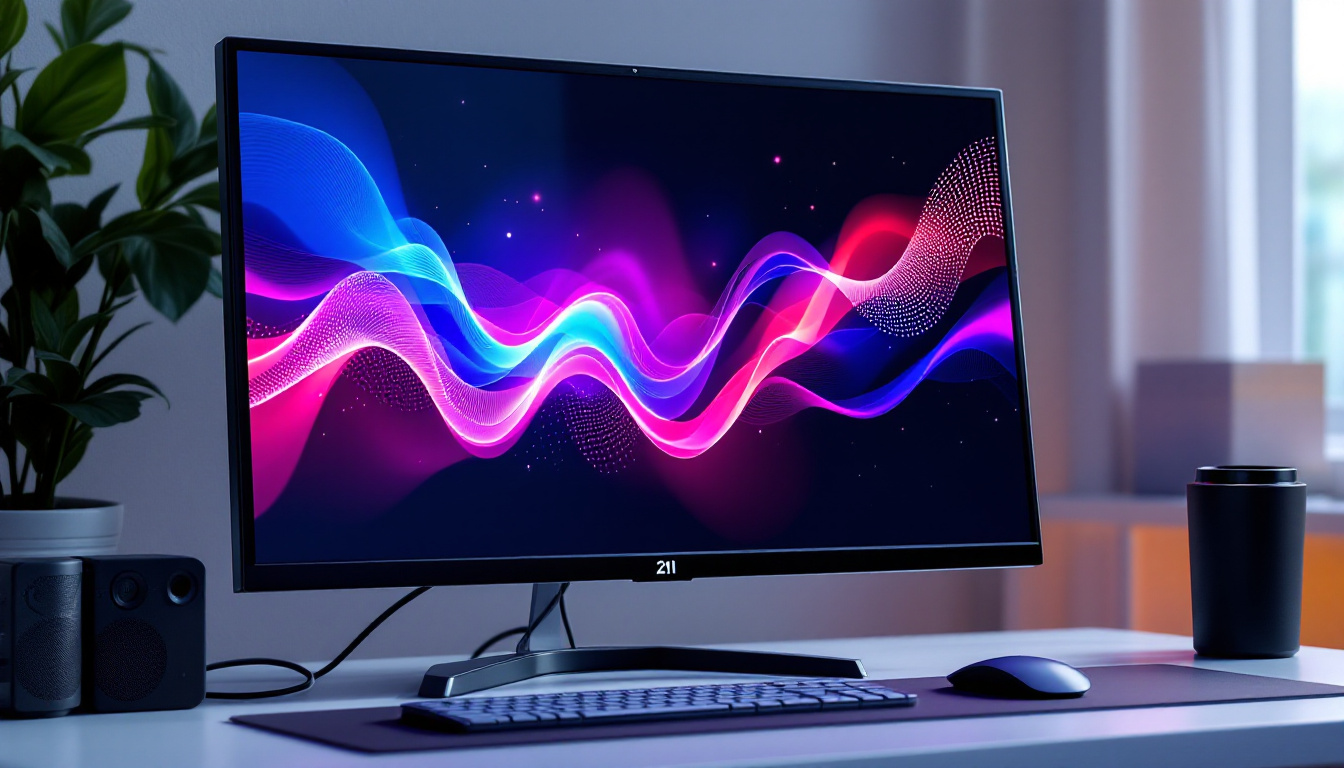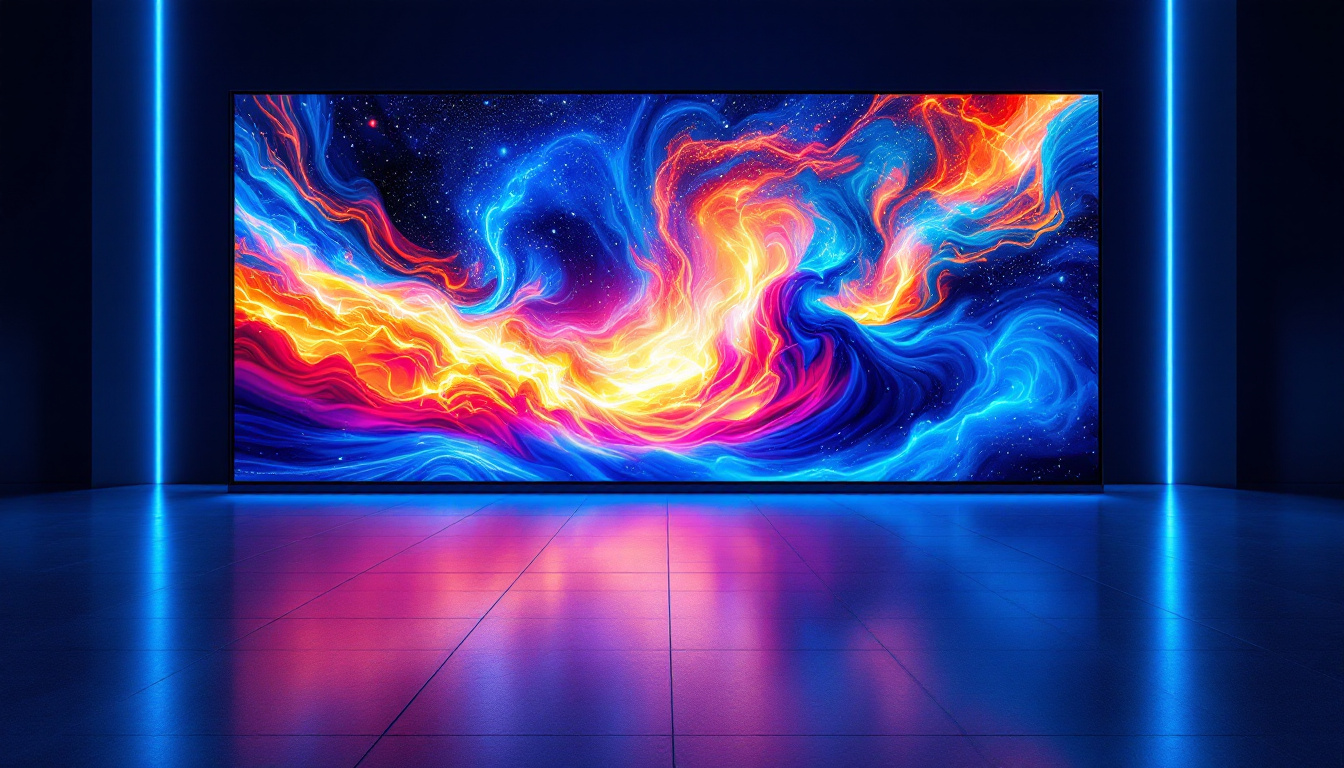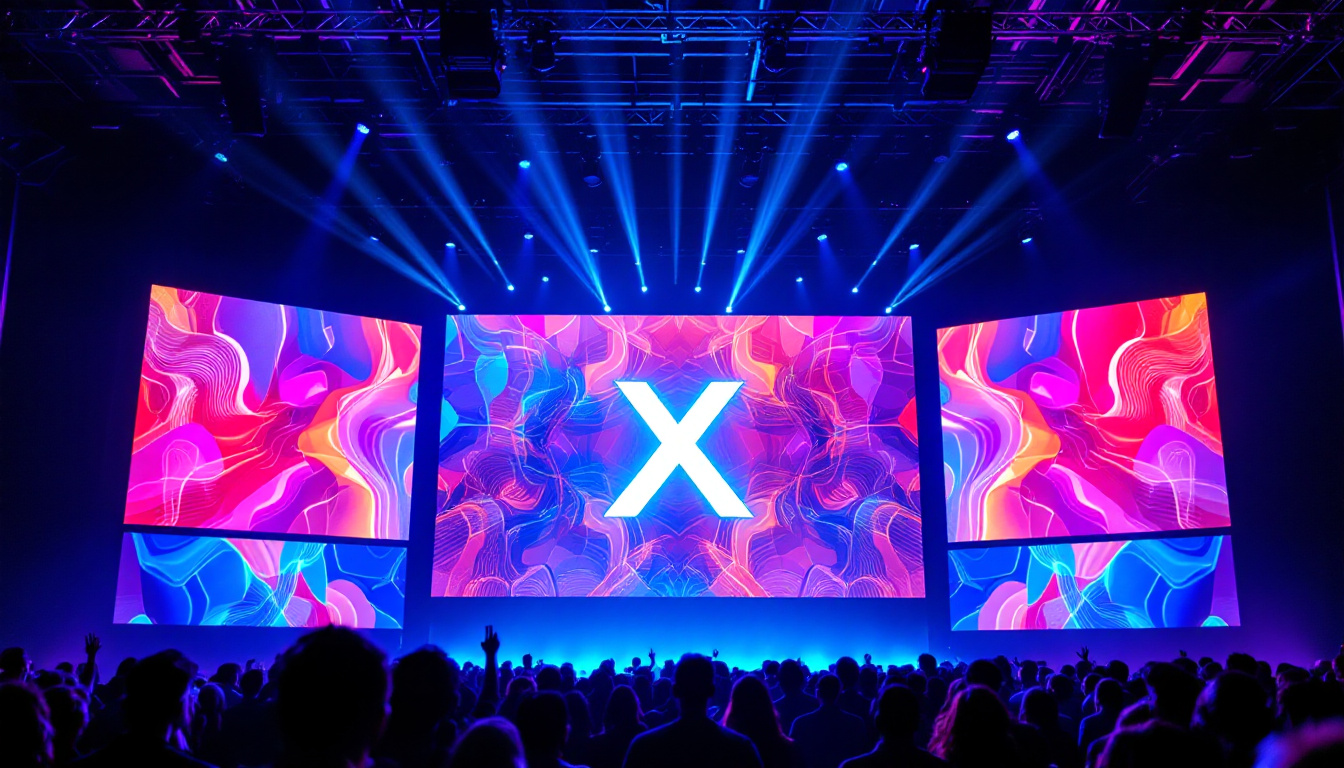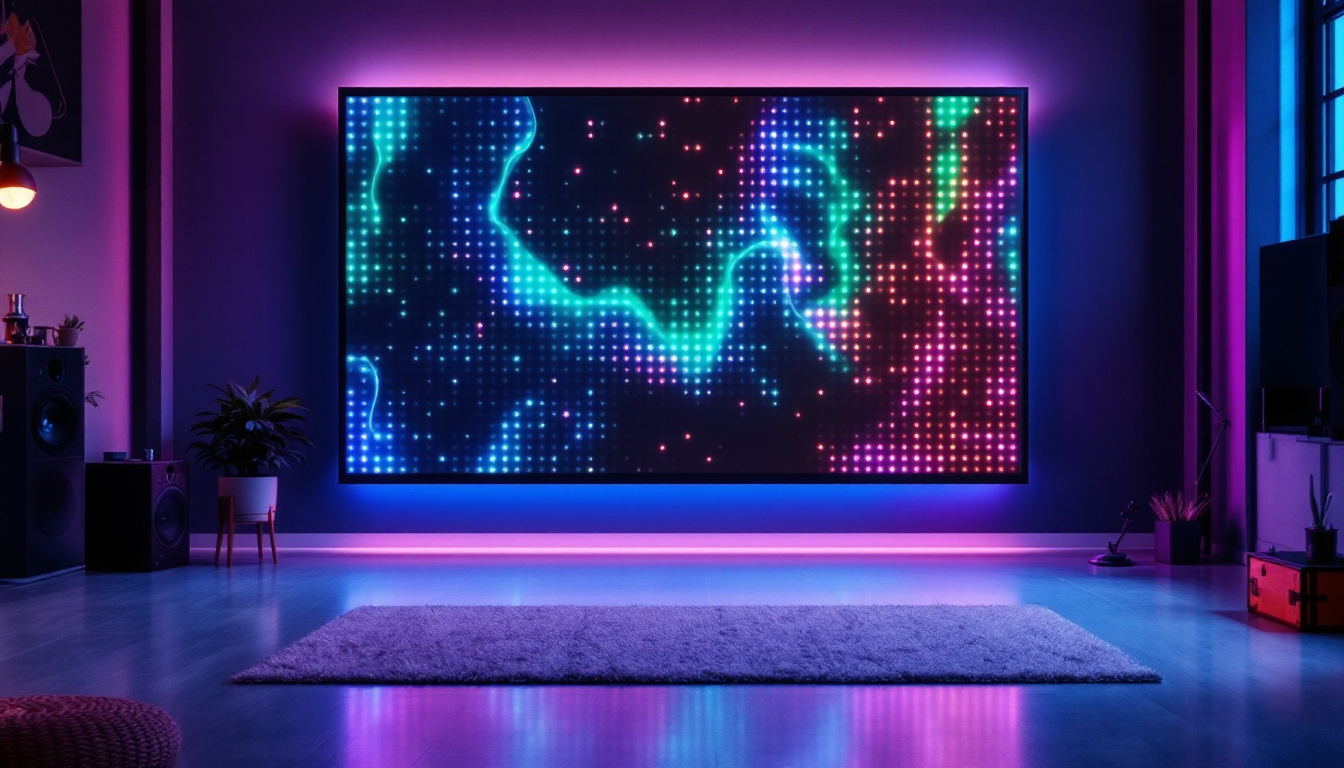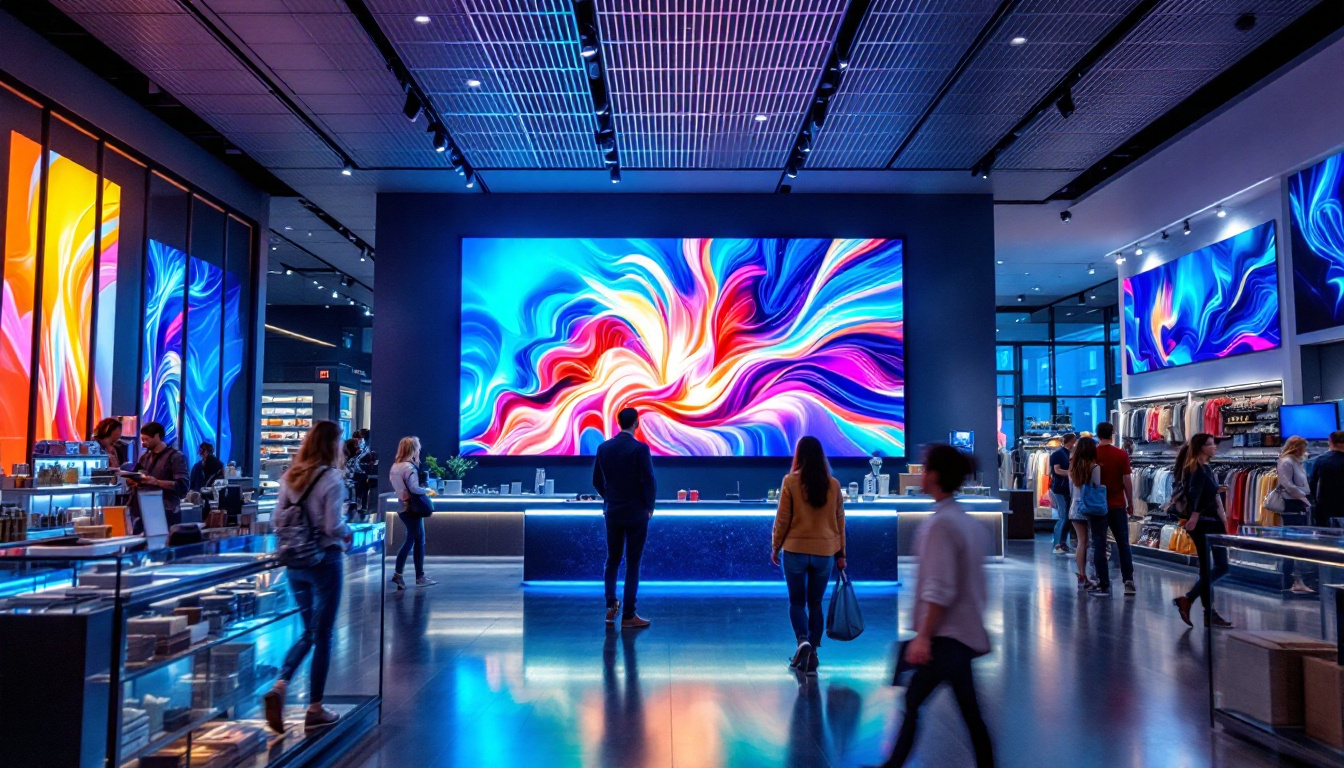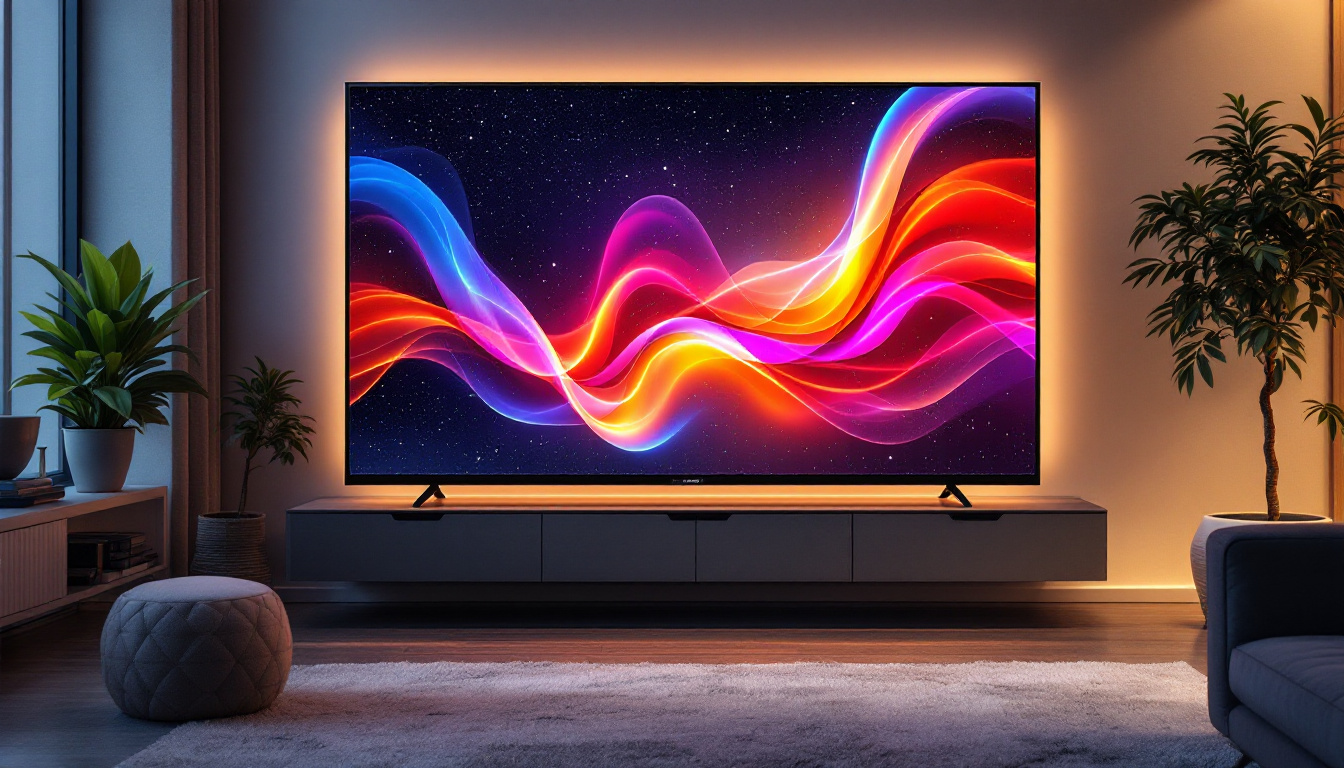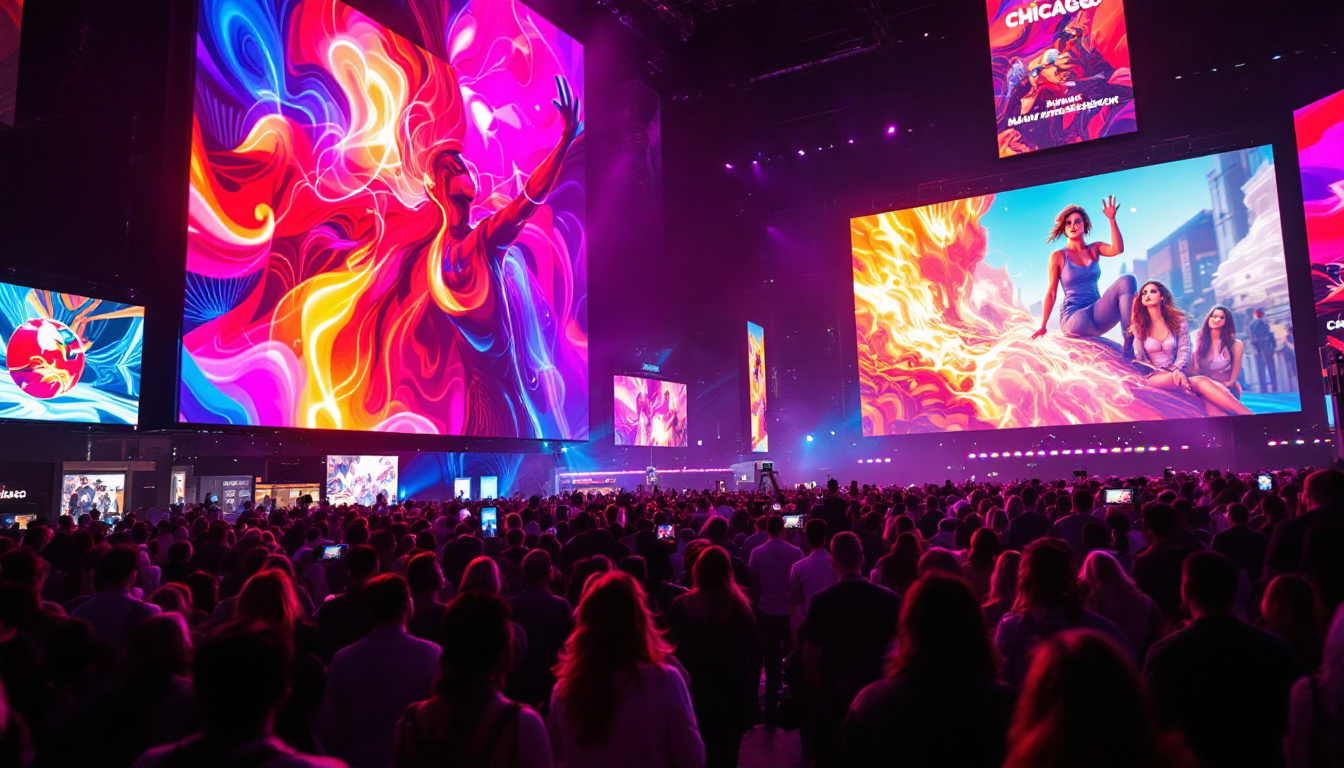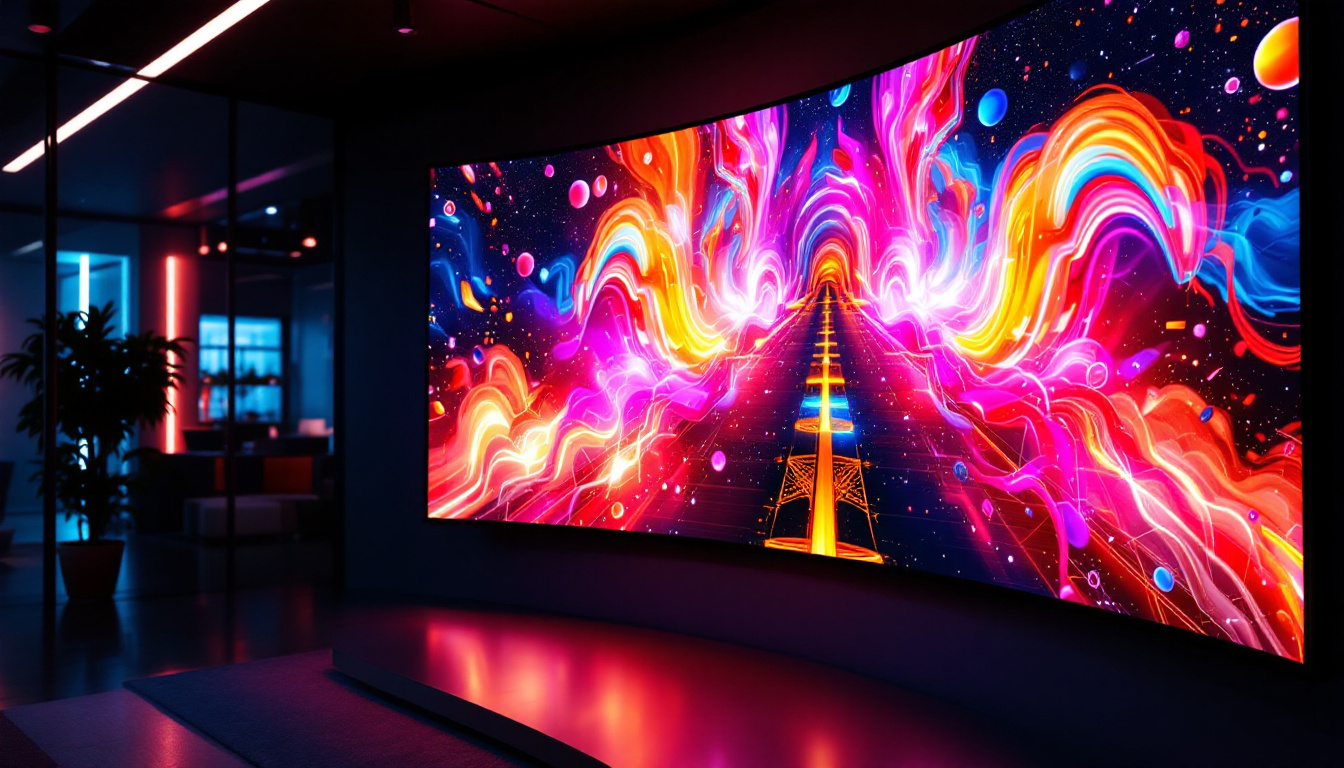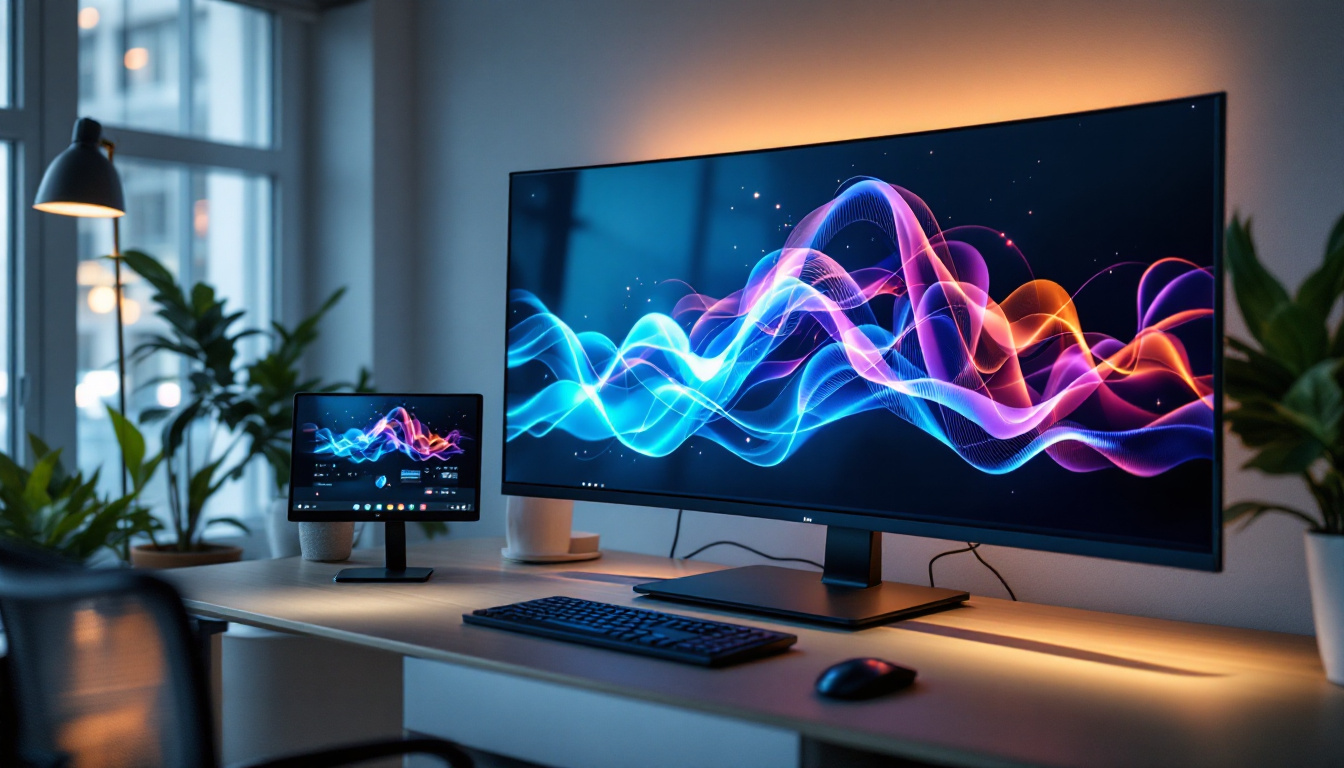In the world of digital displays, understanding the dimensions and specifications of monitors is crucial for making informed decisions. A 21-inch monitor, often favored for its balance between size and usability, presents a unique set of dimensions and features that can enhance the user experience. This article delves into the specifics of 21-inch monitors, particularly focusing on their dimensions and the technology behind LED displays.
Understanding Monitor Sizes
Monitor sizes are measured diagonally from one corner of the screen to the opposite corner. This measurement is typically expressed in inches, and it can sometimes be misleading when considering the actual display area. For a 21-inch monitor, the diagonal measurement is 21 inches, but the width and height can vary based on the aspect ratio.
Aspect Ratios Explained
The aspect ratio is the ratio of the width to the height of the screen. Common aspect ratios for monitors include 16:9, 16:10, and 4:3. A 21-inch monitor typically features a 16:9 aspect ratio, which is ideal for watching videos and playing games, providing a widescreen experience.
For instance, a 21-inch monitor with a 16:9 aspect ratio will have approximate dimensions of 18.5 inches in width and 10.4 inches in height. Understanding these dimensions helps users determine how much desk space is required and how the monitor will fit into their overall setup. Additionally, the choice of aspect ratio can influence how content is displayed; for example, a 16:10 aspect ratio provides slightly more vertical space, which can be beneficial for productivity tasks like coding or document editing, allowing users to see more of their work without excessive scrolling.
Physical Dimensions and Design
When considering a monitor, it’s essential to look beyond just the screen size. The physical dimensions, including the bezel size and the stand, can significantly impact the overall footprint of the monitor. A slim bezel design can create a more immersive viewing experience, while a sturdy stand ensures stability.
In addition to the physical dimensions, the depth of the monitor can vary based on the technology used. LED monitors tend to be thinner compared to traditional LCD monitors, making them a popular choice for modern setups. Furthermore, the design of the monitor can also include features such as adjustable stands, which allow users to customize the height and angle for optimal viewing comfort. Some monitors even come with VESA mount compatibility, enabling users to mount them on walls or adjustable arms, freeing up valuable desk space and enhancing ergonomics.
Moreover, the choice of materials used in monitor construction can affect both aesthetics and durability. High-quality plastics and metal finishes not only provide a sleek look but also contribute to the longevity of the monitor. As technology advances, many manufacturers are also focusing on eco-friendly materials, appealing to environmentally conscious consumers who wish to minimize their carbon footprint while enjoying high-performance displays.
LED Technology in 21 Inch Monitors
LED (Light Emitting Diode) technology has revolutionized the way displays are built and function. Unlike traditional LCD screens that use fluorescent backlighting, LED monitors utilize tiny diodes to produce light, resulting in brighter displays with better color accuracy.
Benefits of LED Displays
One of the primary advantages of LED displays is their energy efficiency. They consume less power compared to older technologies, which not only reduces electricity bills but also contributes to a smaller carbon footprint. Additionally, LED displays offer improved contrast ratios, leading to deeper blacks and brighter whites.
Furthermore, LED technology allows for thinner designs, which is particularly beneficial for users who prefer a minimalist workspace. The lightweight nature of LED monitors also makes them easier to mount on walls or adjust in various configurations. This sleek design not only enhances the aesthetic appeal of a workspace but also facilitates better airflow, reducing the risk of overheating during prolonged use.
Color Accuracy and Viewing Angles
Color accuracy is another area where LED monitors excel. They can reproduce a wider color gamut, making them suitable for graphic design, photo editing, and other color-critical tasks. Moreover, many LED monitors come equipped with features like HDR (High Dynamic Range), enhancing the viewing experience by providing more vibrant colors and better contrast.
Viewing angles are also important to consider. While some monitors suffer from color distortion when viewed from an angle, many LED displays maintain color integrity even at wider angles, making them ideal for collaborative work environments. This feature is particularly advantageous in settings where multiple people need to view the screen simultaneously, such as during presentations or team brainstorming sessions. Additionally, the rapid response times of LED monitors reduce motion blur, making them a great choice for gaming and fast-paced video content, where clarity and precision are paramount.
Choosing the Right 21 Inch Monitor
Selecting the right monitor involves more than just considering the size. Various factors, including resolution, refresh rate, and connectivity options, play a significant role in the overall performance and usability of the monitor.
Resolution Matters
Resolution refers to the number of pixels displayed on the screen and is typically expressed as width x height (e.g., 1920 x 1080). A 21-inch monitor commonly features a Full HD resolution of 1920 x 1080 pixels, providing a clear and sharp image suitable for most tasks.
For users who require even more detail, some 21-inch monitors offer higher resolutions, such as 2560 x 1440 (QHD). Higher resolutions can enhance productivity, especially for tasks that involve multitasking or detailed visual work. For instance, graphic designers and photographers will benefit from the increased pixel density, allowing for more precise editing and a better overall viewing experience. Additionally, higher resolutions can improve the clarity of text and images, making it easier to read documents or view intricate designs without straining the eyes.
Refresh Rate and Response Time
The refresh rate, measured in hertz (Hz), indicates how many times the screen refreshes per second. A higher refresh rate results in smoother motion, which is particularly important for gaming or fast-paced video content. Most 21-inch monitors come with a standard refresh rate of 60Hz, but gaming monitors may offer rates of 120Hz or higher.
Response time, on the other hand, measures how quickly a pixel can change from one color to another. A lower response time reduces motion blur in fast-moving images, making it an essential factor for gamers and video editors alike. For competitive gamers, a response time of 1ms to 5ms is ideal, as it can mean the difference between winning and losing in fast-paced games. Moreover, many modern monitors also incorporate technologies such as FreeSync or G-Sync, which help synchronize the refresh rate with the graphics card output, further enhancing the gaming experience by minimizing screen tearing and stuttering.
Connectivity Options
When choosing a 21-inch monitor, it’s crucial to consider the connectivity options available. Most monitors come equipped with a variety of ports, including HDMI, DisplayPort, and VGA, allowing for compatibility with different devices such as laptops, desktops, and gaming consoles. Some monitors even feature USB-C connections, which can provide power delivery and data transfer through a single cable, streamlining your workspace.
Furthermore, the inclusion of built-in speakers or audio output jacks can enhance the overall experience, particularly for multimedia consumption. For users who frequently switch between devices, having multiple input options can save time and effort, allowing for a seamless transition between work and play. Additionally, some monitors come with ergonomic features like height adjustment and tilt capabilities, which can improve comfort during long hours of use, making it easier to maintain a healthy posture while working or gaming.
Connectivity Options
Modern monitors come equipped with a variety of connectivity options, allowing users to connect to multiple devices seamlessly. Common ports include HDMI, DisplayPort, and USB-C, each offering different advantages.
HDMI and DisplayPort
HDMI (High-Definition Multimedia Interface) is widely used for connecting monitors to computers, gaming consoles, and other devices. It supports both video and audio signals, making it a convenient choice for multimedia setups. DisplayPort, on the other hand, is often favored for its ability to support higher resolutions and refresh rates, making it ideal for gaming and professional use.
Some monitors may also feature multiple HDMI ports, allowing users to connect several devices simultaneously without the need to swap cables frequently.
USB-C Connectivity
USB-C is becoming increasingly popular due to its versatility. It allows for video output, data transfer, and charging through a single cable. This is particularly beneficial for laptop users who want to minimize cable clutter on their desks.
Additionally, some monitors come with built-in USB hubs, providing extra ports for connecting peripherals such as keyboards, mice, and external drives.
Ergonomics and Adjustability
Ergonomics is a critical aspect of monitor design, especially for users who spend long hours in front of their screens. A monitor that can be adjusted for height, tilt, and swivel can significantly enhance comfort and reduce strain on the neck and eyes.
Height Adjustment and Tilt
Many 21-inch monitors come with height-adjustable stands, allowing users to position the screen at eye level. This is essential for maintaining good posture and preventing discomfort during extended use. Tilt functionality also enables users to adjust the angle of the screen, reducing glare and improving visibility.
VESA Mount Compatibility
For users who prefer a more customized setup, VESA mount compatibility is a valuable feature. This allows the monitor to be mounted on a wall or an adjustable arm, freeing up desk space and providing more flexibility in positioning.
Using a VESA mount can also enhance the overall aesthetic of a workspace, contributing to a cleaner and more organized environment.
Conclusion
In summary, a 21-inch monitor offers a compelling combination of size, performance, and versatility, making it an excellent choice for a wide range of users. Understanding the dimensions, technology, and features of these monitors can help individuals make informed decisions that cater to their specific needs.
Whether for gaming, professional work, or casual use, the right 21-inch monitor can enhance productivity and provide an enjoyable viewing experience. As technology continues to evolve, staying informed about the latest advancements in monitor design and functionality will ensure that users can take full advantage of their digital displays.
Ultimately, the choice of a monitor should align with personal preferences and usage requirements, ensuring that it serves as a valuable tool in both work and leisure activities.
Discover LumenMatrix LED Display Solutions
Ready to elevate your visual experience with a 21-inch monitor that embodies innovation and performance? Look no further than LumenMatrix, a pioneer in LED display technology. Our comprehensive range of solutions, from Indoor and Outdoor LED Wall Displays to specialized options like Vehicle and Sports LED Displays, is designed to bring your content to life with unparalleled brightness and clarity. Embrace the future of visual communication with our LED displays that promise to enhance engagement and captivate your audience. Check out LumenMatrix LED Display Solutions today and transform the way you share your message.

